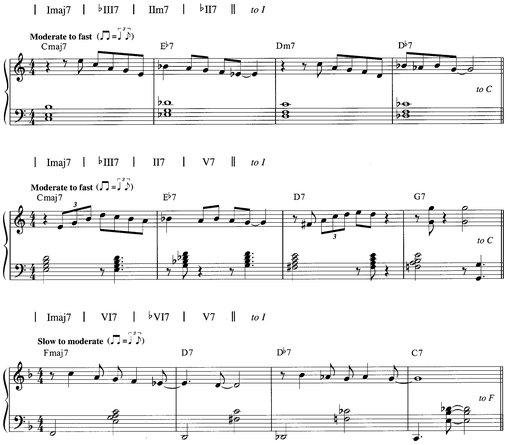Conclusion
O ne cannot overemphasize the importance of good intros, endings, and turnarounds. They are important for both musicians and listeners. The intro should not only set up the mood and tonality, but also should create a sense of anticipation and act as an invitation to the listener. On a practical musical level, the intro can get a band settled in on tempo, feel, dynamics, etc. before the tune actually begins. While many jazz performances do not use introductions, an intro on the first tune of the night is highly recommended so that things can feel right before continuing. Vamp intros are a good means to accomplish this.
Endings are equally as important as intros. While not all tunes will necessarily have intros, all tunes will have endings (apart from fade endings on recordings). Performers should not lose sight of the effect on an audience a good ending can have. Tags can increase the drama of a big finish by delaying the final cadence. Dynamics are an important part of effective endings.
Turnarounds are the heart and soul of jazz harmonic practice. One could analyze almost all jazz chord progressions as a series of turnarounds. The concept of going from here to there in several different ways is at the core of the creative process used in jazz. The blues is a great example of this. There are countless variations on the basic 12-bar blues harmonic pattern. For instance, how one gets from the I chord on the first beat of the first measure to the IV chord on the first beat of the fourth measure can be quite adventurous, and there are many possibilities. One can easily extend the turnaround concept when connecting any two chords. Art Tatum was a master at this, and was very influential in this regard.
The reader should try the various intros, endings, and turnarounds found in this book with various jazz and pop standard tunes to see how they work in different situations. One should categorize each tune by style and first chord used. For instance, the following tunes are in a swing style, are in major and begin on a I chord: My Romance; Bye Bye, Blackbird; and It Could Happen to You. The following tunes are in a swing style, are in major, and begin on a VI chord: All the Things You Are, Fly Me To the Moon, etc.
This book can be most useful when the reader takes the basic principles presented here and applies them toward new and creative endeavors. Also, one can gain a better aural understanding of heard intros, endings, and turnarounds by relating them to those found in the book.
SECTION ONE
Swing Major Keys
Intros for Tunes Starting on I Chords
T he strongest harmonic relationship in traditional tonal music is V-I, the movement from dominant to tonic. Most classical tonal compositions are based around a I-V-I framework. The departure from tonic to dominant and resolution back to the tonic is the structural foundation of all tonal music. This relationship can occur on the local level (beat to beat or measure to measure), as well as the long-term level. A I-V progression serves as a logical introduction for a tune starting on a I chord. In most jazz settings the V chord is usually preceded by a II chord which serves as a dominant preparation. The most basic introduction for tunes starting on I chords is: I-II-V. Two examples in C major and F major follow.
Basic Turnaround Intros
A common variation on the I-II-V progression is I-VI-II-V. Here the VI chord replaces the I chord in the second measure. The VIm7 chord often acts as a tonic substitute. This common intro chord progression is also a typical turnaround and a regular chord progression found in many tunes:
The preceding progression will serve as a basic model for the next several examples. The qualities of the VI and II chords can be changed to dominant seventh chords as follows:
Tritone substitutions can be used for any of the dominant 7th chords. A dominant 7th chord with a root a tritone away can usually substitute for any other dominant 7th chord. Thus D  7 can substitute for G7 and vice versa, A7 and E
7 can substitute for G7 and vice versa, A7 and E  7 can substitute for each other, etc. The following examples present several variations on the basic I-VI-II-V model:
7 can substitute for each other, etc. The following examples present several variations on the basic I-VI-II-V model:
In some introductions/turnarounds, major 7th chords are used instead of dominant 7th chords for the root progression used above.
A combination of dominant and major 7th chords can also be used:
In many introduction/turnaround situations, a III chord can freely substitute for a I chord in the basic I-VI-II-V model.
As in standard turnarounds, diminished chords can substitute for the VI chord. Diminished 7th chords built on #I and  III are the most common:
III are the most common:
Note that the  IIIdim7 chord is written here enharmonically as F#7:
IIIdim7 chord is written here enharmonically as F#7:
Any of the above progressions can be repeated or combined by changing the harmonic rhythm to half notes. The following examples offer several possibilities:

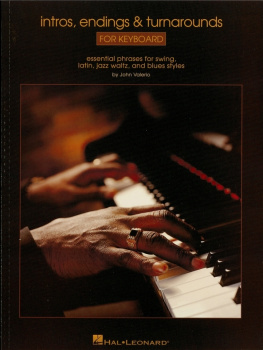
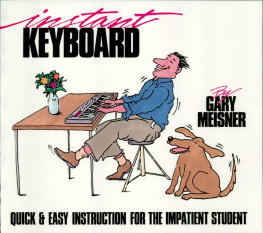


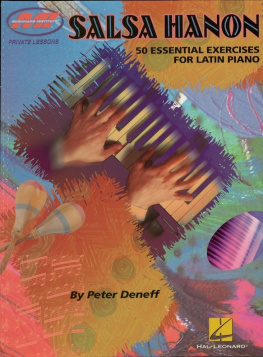
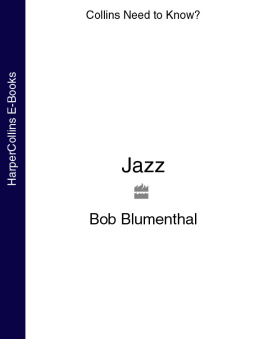
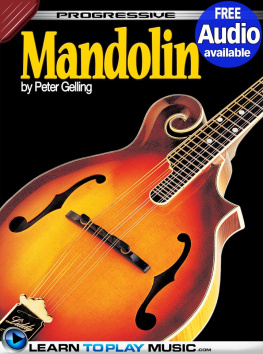
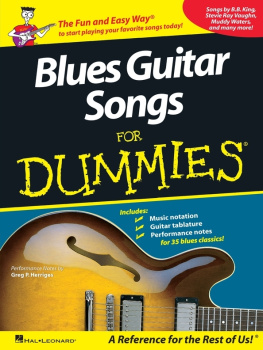

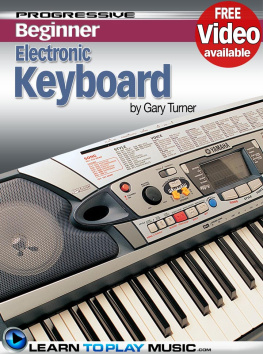
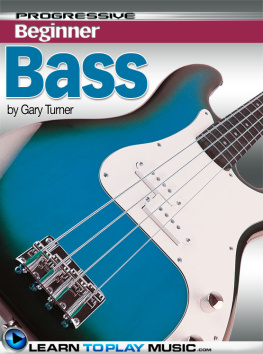
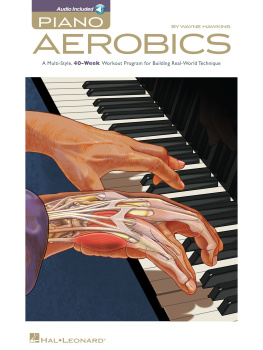

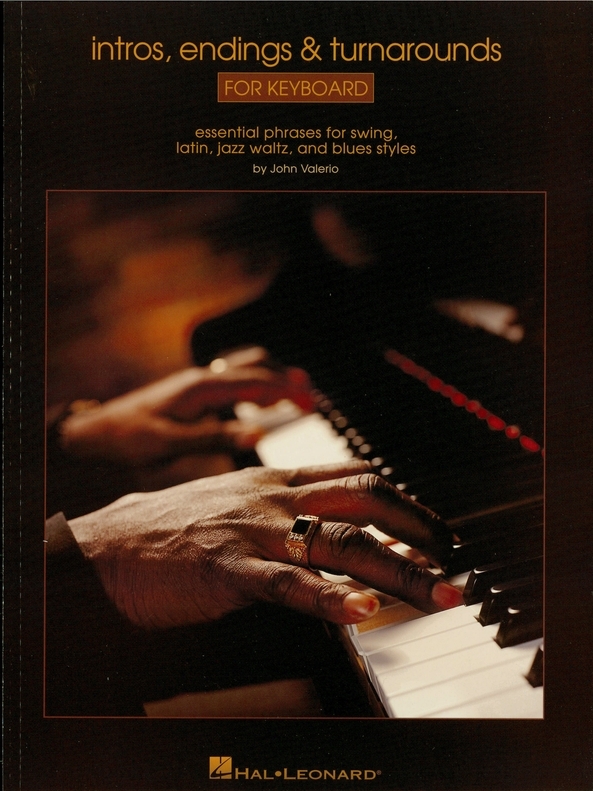
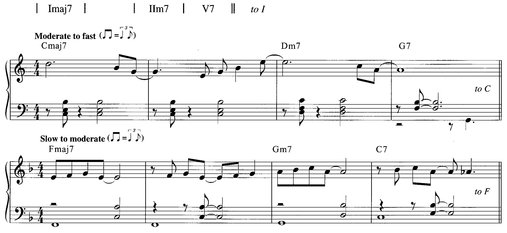


 7 can substitute for G7 and vice versa, A7 and E
7 can substitute for G7 and vice versa, A7 and E 